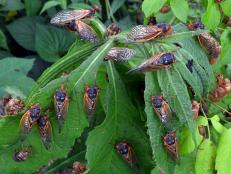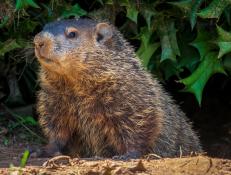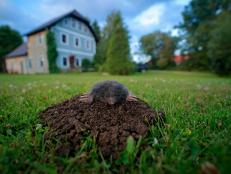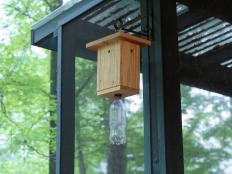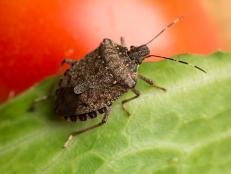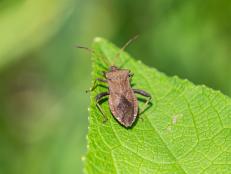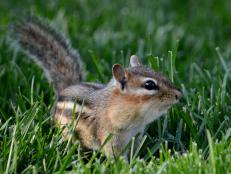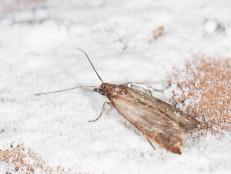Whiteflies: What You Need to Know
Find out how to cope with these garden pests.

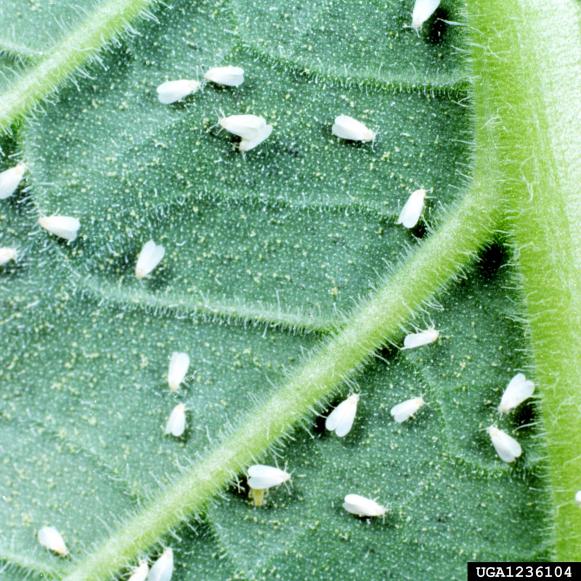
Image courtesy of Clemson University - USDA Cooperative Extension Slide Series, Bugwood.org
There are more than 1,400 species of whitefly, the most common types of whiteflies are greenhouse and silverleaf whiteflies, affecting different types of plants. Although identifying these populous insects by sight, damage or by the buildup of copious excrement on plants is not difficult, management can be challenging and their impact extends beyond damage done to plants during feeding.
The whitefly's name is derived from a buildup of white wax that forms on the body and wings of the adult insect. Whiteflies develop quickly in warm weather and are often found congregating on the underside of vegetable plants and ornamentals. Often escalating to large numbers, these tiny pests can be spotted swarming around plants and suck phloem sap from leaves, causing them to yellow and fall off.
“Whiteflies attack a number of different plants. Basically they suck the juices from the plant,” says Lance Walheim, a gardening expert with Bayer Advanced and author of Landscaping for Dummies and Lawn Care for Dummies. “It’s a complicated thing, because they can transmit various diseases. As these sucking insects are feeding on the plant, they produce a sugary substance called honeydew and the honeydew will get infected with a fungus called sooty mold. The secondary diseases spread by the whitefly that does more damage,” explains Walheim. The damage done by feeding as well as these transmitted diseases can accelerate quickly as an uncontrolled infestation grows.
Whitefly populations are usually kept in balance by the presence of natural enemies such as lacewings, big-eyed bugs or some species of beetles. Problems can arise when these predators are not present, often as a result of pesticides. Limiting the use of broad-spectrum insecticides that impact these beneficial bugs will allow nature to prevent whitefly issues without intervention.
Inspect the underside of leaves regularly to ensure whiteflies are present. A developing population is easier to control than an established presence. If whiteflies are discovered, spray plants with a strong stream of water to dislodge and destroy the insects. Leaves that show excessive damage from feeding or developing disease should be pruned. Whiteflies will continue to develop on discarded leaves, so any damaged leaves should be destroyed off-site.
An established whitefly occupation can be reduced through the use of yellow sticky traps. Hang strips near or above plants to capture adult, winged whiteflies. Because only mature flying insects will be captured using this control method, high trap volumes are an indicator that further action may be necessary.
When in infestation reaches proportions that cannot be controlled through natural means, chemical intervention may be necessary. Use of pesticides for whitefly control is challenging. Not only do many whiteflies develop a resistance to pesticides, but the efficacies of specific pesticides vary depending on the stage of insect development. Whiteflies have five distinct stages of development. Egg, pupa, larvae, crawler, and adult stages each respond differently to chemical treatments and several chemicals must be employed to destroy the insects and stop a growing population. Spray treatments also require meticulous application to reach whitefly development on the underside of leaves. Inspect each plant for a whitefly presence and apply local treatments appropriate to the developmental stage.







